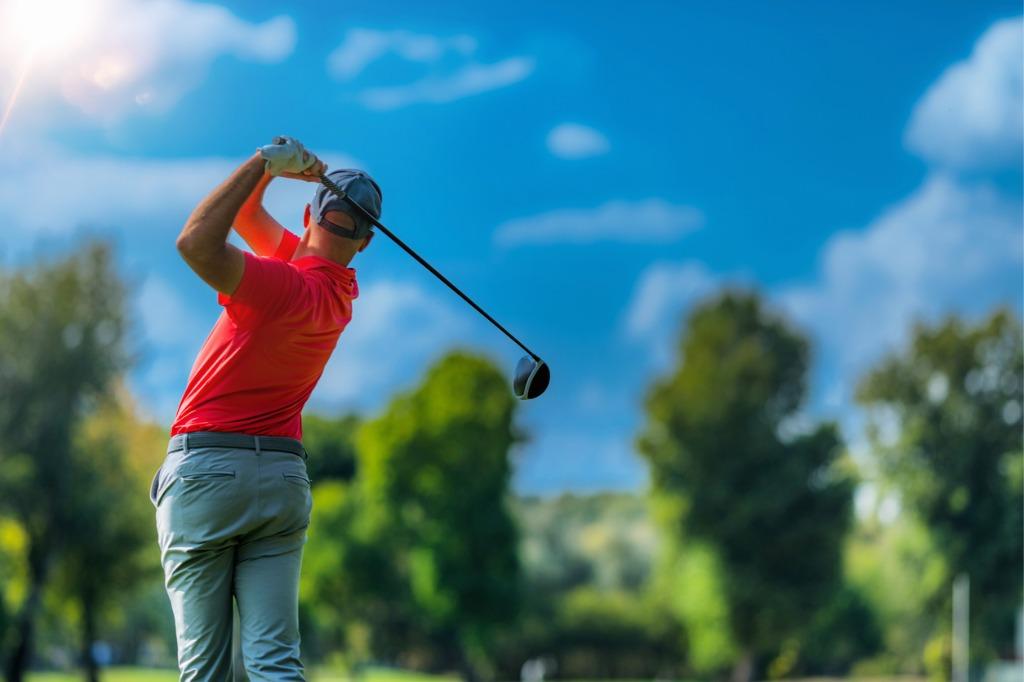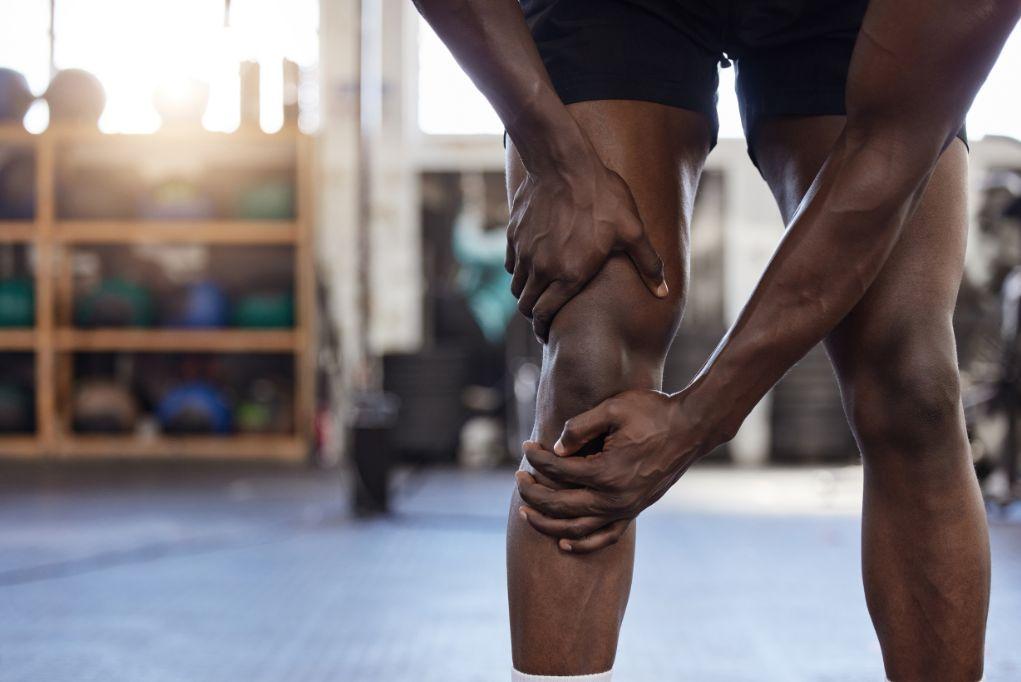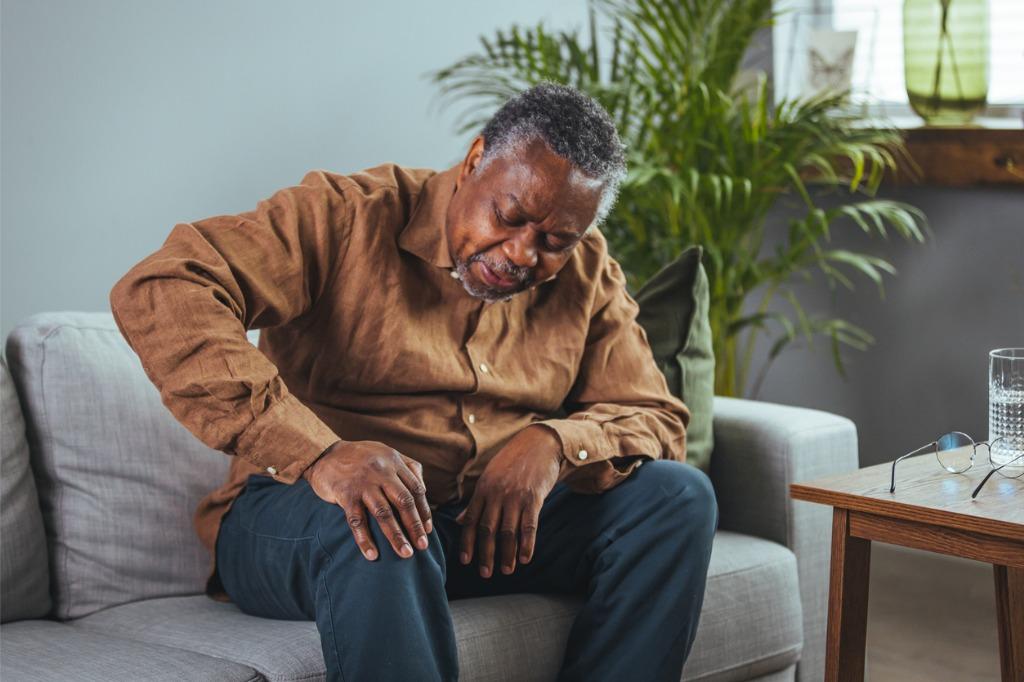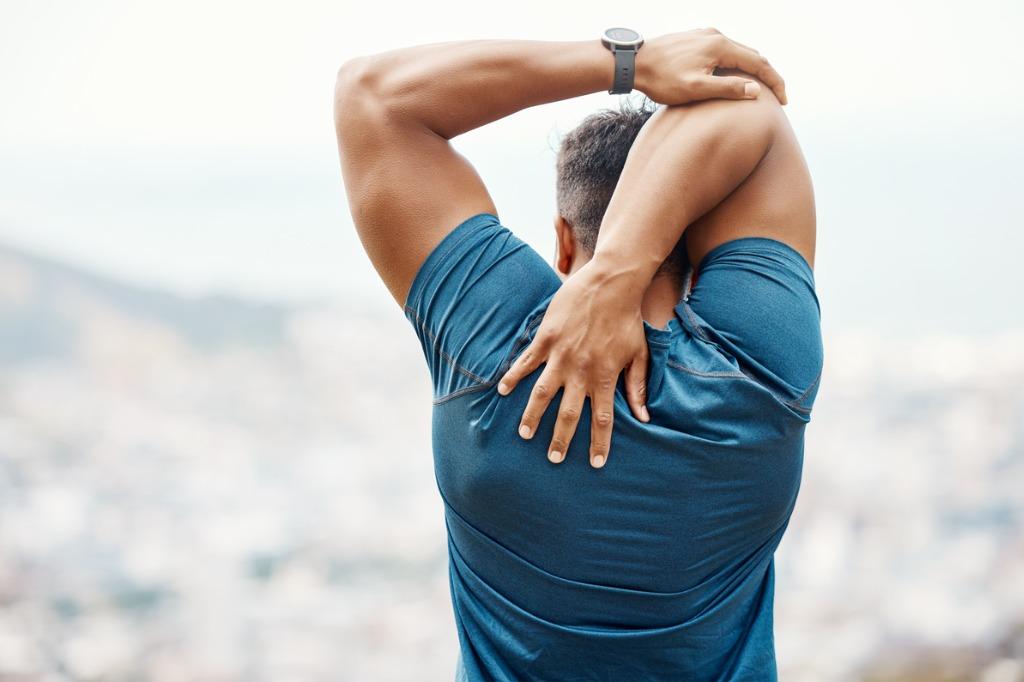Swing Into Summer: Understanding Golfer’s and Pitcher’s Elbow

Swing Into Summer: Understanding Golfer’s and Pitcher’s Elbow
Summer is the season for outdoor activities and sports. However, without proper technique and equipment, the risk of injury increases. Some of the most common injuries that occur during the summer months are golfer’s elbow and pitcher’s elbow. Despite their names, these injuries can affect anyone regardless of their participation in golf or baseball. To assist you in having a safe and enjoyable summer, we will take a closer look at these common elbow injuries and provide some tips for prevention and treatment.
Golfer’s Elbow
Golfer’s elbow, medically known as medial epicondylitis, is a condition where the tendons on the inside of the elbow are overloaded and strained due to repetitive motion, such as swinging a golf club. As mentioned above, this condition is not limited to just golfers. Any activity that involves repetitive use of these muscles can cause it. Recognizing this condition’s symptoms and common causes is important for prevention and can help you have an injury-free summer.
Causes of Golfer’s Elbow
Golfer’s elbow is an overuse injury resulting from repetitive muscle and tendon motion around the elbow joint. Activities such as golfing, tennis, pickleball, throwing a baseball or softball, and lifting weights are common causes of golfer’s elbow. Poor technique in any of these activities may lead to golfer’s elbow. Additionally, equipment that does not fit correctly can increase the risk of injury. If you suspect you have this condition, it may be due to the following:
- Repetitive motions
- Improper technique
- Overuse
- Lack of warming up
Symptoms of Golfer’s Elbow
Golfer’s elbow is a condition that causes pain and inflammation in the tendons that connect the forearm to the elbow. The pain usually occurs on the inside of the elbow but can sometimes radiate down the forearm. Here are the common symptoms associated with golfer’s elbow:
- Pain and Tenderness: One of the most common symptoms is pain and tenderness on the inside of the elbow. This pain can sometimes extend along the inner side of the forearm.
- Stiffness: The elbow may feel stiff, and making a fist might hurt.
- Weakness: There may be weakness in the hands and wrists, making it difficult to grip objects.
- Numbness or Tingling: Some people experience a tingling sensation or numbness in the fingers, especially the ring and little fingers.
- Worsening Pain: The pain might worsen with certain movements, such as swinging a golf club, shaking hands, or turning a doorknob.
- Swelling: In some cases, the elbow may appear slightly swollen.
It’s crucial to note the symptoms of golfer’s elbow can be similar to those of other conditions, such as tennis elbow. However, while golfer’s elbow typically affects the inside of the elbow, tennis elbow affects the outside. If you are experiencing any of these symptoms, it is advisable to consult a healthcare professional for proper diagnosis and treatment.
Treatment Options for Golfers Elbow
If you’re experiencing the symptoms of golfer’s elbow, it’s essential to know that several treatment options are available. The goal of treatment is to relieve pain, reduce inflammation, and promote the healing of the tendons. Here’s a breakdown of the common treatment options for golfer’s elbow:
- Rest and Ice: Initially, it’s crucial to rest the affected arm and apply ice packs. This helps in reducing inflammation and pain. Use an ice pack for 15-20 minutes every few hours for the first few days.
- Physical Therapy: Engaging in guided physical therapy can be beneficial. A therapist will introduce exercises that focus on strengthening the forearm muscles, which is vital for recovery.
- Medication: Anti-inflammatory medications such as ibuprofen can be used to manage pain and reduce inflammation. Always adhere to the recommended dosage.
- Bracing: Wearing a brace on the forearm can alleviate stress on the elbow. It’s especially helpful during activities that involve forearm muscles.
- Surgery: In severe or chronic cases where conventional treatments don’t provide relief, surgery might be an option. This could involve removing damaged tissue or repairing the tendons.
Pitcher’s Elbow
Pitcher’s elbow, medically referred to as lateral epicondylitis, is a condition where the tendons on the outer side of the elbow experience strain and overloading due to repeated movements, such as throwing a baseball. This differs from golfer’s elbow, which affects the inner tendons and is more prone to overuse. As with golfer’s elbow, pitcher’s elbow can affect anyone regardless of their participation in baseball or other activities that require the use of arm and shoulder muscles.
Causes of Pitcher’s Elbow
Pitcher’s elbow is primarily an overuse injury that results from the repetitive motion of the muscles and tendons around the elbow joint. It’s commonly associated with activities that involve frequent and repetitive throwing motions. Here are some of the main causes of pitcher’s elbow:
- Repetitive Throwing Motions: This is especially common in baseball pitchers, hence the name pitcher’s Elbow. The repetitive action of throwing can put a lot of strain on the tendons and muscles around the elbow.
- Improper Technique: Throwing with improper form or technique can increase the risk of developing pitcher’s elbow. This is because it may put more stress on the elbow joint and the surrounding tendons and muscles.
- Overuse: Engaging in throwing activities without adequate rest may lead to overuse injuries like pitcher’s elbow. The tendons and muscles around the elbow need time to rest and recover after strenuous activities.
- Lack of Conditioning: Not properly preparing the body for the physical demands of throwing can also lead to injuries. This includes not warming up properly before activity and not maintaining good overall physical fitness.
- Using Equipment That Doesn’t Fit: Using a baseball glove that is too big or a baseball that is too heavy can also increase the risk of pitcher’s elbow. This is because it can alter the way you throw and put more strain on the elbow.
Understanding these causes can help prevent pitcher’s elbow and ensure a safe and enjoyable sports and summer season. If you suspect you have this condition, it’s important to consult a healthcare professional for a proper diagnosis and treatment plan.
Symptoms of Pitcher’s Elbow
Lateral epicondylitis is a condition that causes pain and inflammation in the tendons that connect the forearm to the elbow, typically on the outside of the elbow. Here are the common symptoms associated with pitcher’s elbow:
- Pain and Discomfort: The primary symptom is pain on the outside of the elbow. This pain can sometimes extend down the forearm and worsen with forearm activity.
- Stiffness: The elbow might feel stiff, and extending the arm could be uncomfortable or difficult.
- Weakness: There may be weakness in the hands and wrists, affecting grip strength. This can make it challenging to hold or grip objects.
- Numbness or Tingling: Some individuals might experience numbness or a tingling sensation in the fingers, especially the middle and ring fingers.
- Increased Pain with Activity: The pain might intensify with specific movements, such as throwing a ball or gripping an object.
- Swelling or Inflammation: In some cases, the elbow might appear slightly swollen or inflamed.
It’s important to note that the symptoms of pitcher’s elbow can be similar to those of other conditions, such as golfer’s elbow. However, while golfer’s elbow typically affects the inside of the elbow, pitcher’s elbow affects the outside.
Treatments for Pitcher’s Elbow
Effectively managing this condition can involve a combination of the following simple treatments:
- Rest: Taking a break from activities that cause strain to the elbow is crucial. This allows the tendons to heal.
- Ice Application: Regularly applying an ice pack to the affected area can help reduce inflammation and alleviate pain.
- Physical Therapy: Engaging in guided exercises can help strengthen the forearm muscles and improve flexibility.
- Medication: Over-the-counter anti-inflammatory drugs can help manage pain and reduce inflammation.
- Bracing: Wearing a brace on the forearm can help distribute pressure and relieve stress on the elbow.
Start Your Path to Recovery With Motion Orthopaedics
Don’t let pitcher’s and golfer’s elbow keep you sidelined this summer. If you’re experiencing symptoms, it’s important to seek treatment early. At Motion Orthopaedics, our specialists are ready to help you get back in the game. Take the first step towards recovery. Book an appointment with us at Motion Orthopaedics today, and let’s work together to ensure your summer is filled with the activities you love, free from pain and discomfort.




